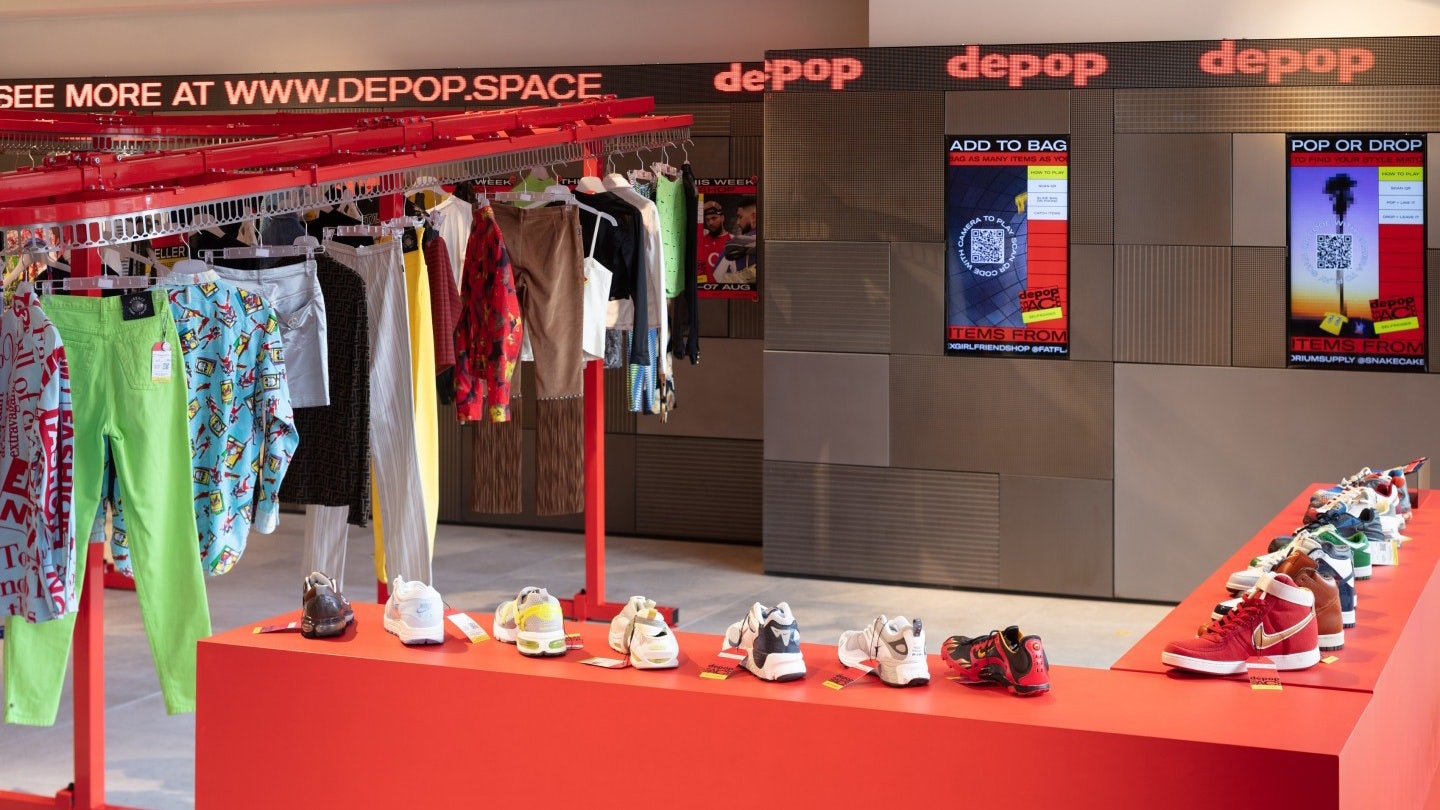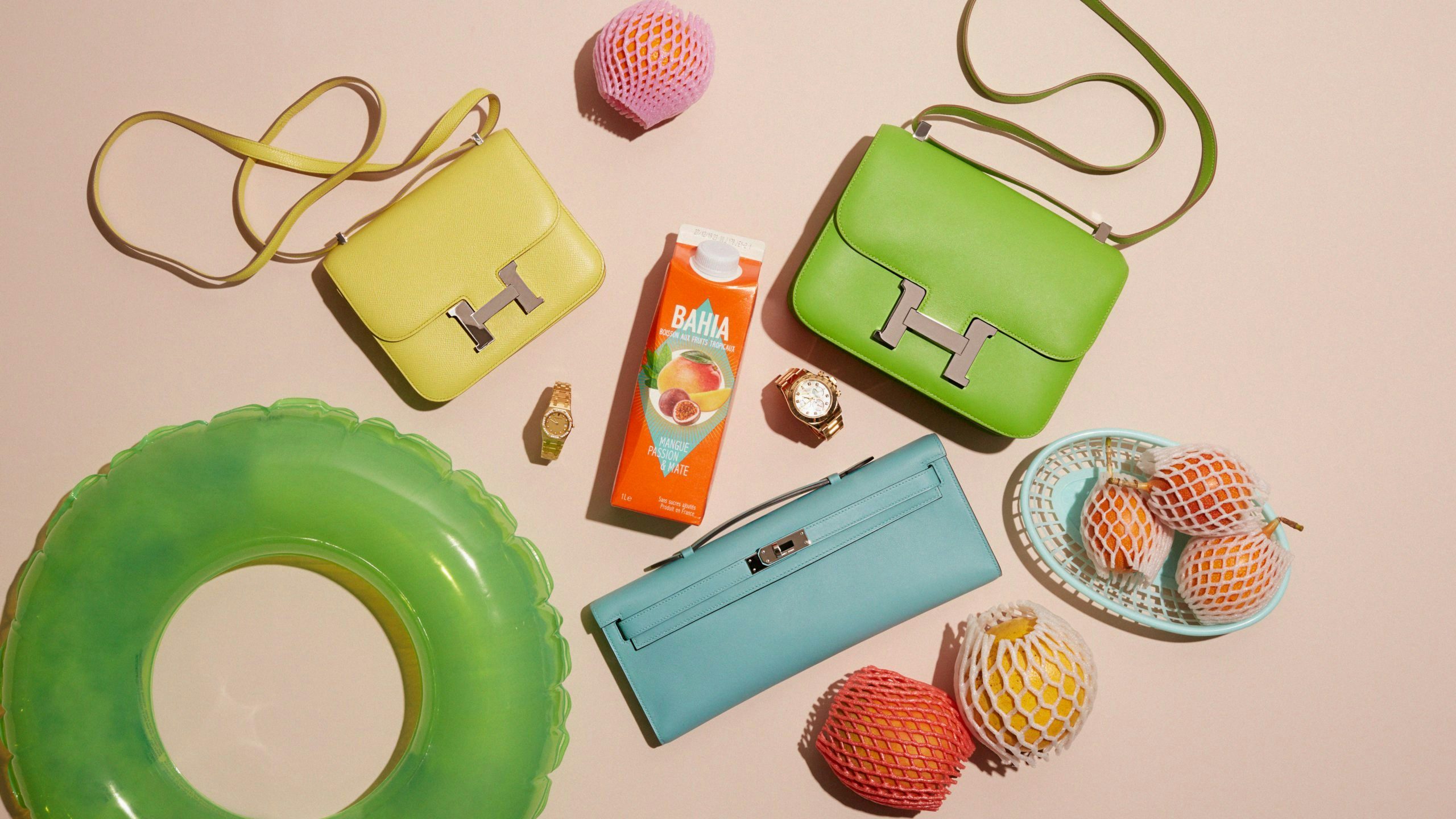Long before sustainability became a central concern among socially conscious global citizens,#
Gen Z and millennial consumers in the West were relying on secondhand apparel as a badge of authenticity.
Emma Davidson, fashion features editor for style magazine Dazed, told CCI, “When I think back to going to charity shops [as a teenager], it was to supplement my wardrobe with cool pieces, rather than build a wardrobe in a sustainable way.”
According to Deloitte, the current love for thrifting among Gen Z youth derived partly as a result of the Great Recession more than a decade ago, when the oldest members of that demographic were in their formative early teen years. For them, part of growing up with financial hardship meant learning to save by shopping secondhand.
In contrast, China’s Gen Zers came of age during an astonishingly rapid rise in affluence, reaching adolescence as the nation saw the greatest annual GDP growth among the world’s major economies. As they reached adulthood, they have come to be known as the “moonlight clan” for their ability to spend an entire month’s salary over the course of a single lunar cycle, boasting an average monthly purchasing power of RMB 3,501 (507).
For these Chinese consumers, the cheapest finds are less important, and the secondhand luxury market may hold greater appeal. Yet resale only accounts for around 5 percent of the overall luxury market in China, whereas in the United States it represents 31 percent of total sales, according to a 2020 report by China's University of International Business and Economics and Isheyipai.
China’s demand for luxury goods, coupled with a cultural superstition that used clothing is unlucky, meant that the potential market for used apparel was largely ignored until recent years, a period during which secondhand sales boomed in the West. According to ThredUp, the resale sector is set to be larger than the fast-fashion market by 2029.
Alibaba#
launched its re-commerce platform
Idle Fish#
in 2012, with China’s
Poizon#
,
Plum#
, and
Ponhu#
arriving on the scene a few years later in 2015, followed by luxury livestreaming platform
Feiyu#
’s move into secondhand sales in 2018. In the West, leading luxury resale platforms
Vestiaire Collective#
and
The RealReal#
launched in 2009 and 2011, respectively, focusing on the promotion of a circular fashion economy while also capitalizing on consumer interest in archival pieces.
Vestiaire Collective has developed a high-end editorial brand image with a green conscience, which has been enhanced by its work with A-list influencers including Chloe Sevigny, Olivia Palermo, and, more recently, fashion activist Nicola Cheung Young. The retailer’s marketing consistently focuses on sharing the stories behind items offered for sale in order to elevate the perception of secondhand fashion, such as through a
YouTube#
series of interviews with expert vintage sellers or a 2019
Selfridges#
pop-up featuring rare pieces by the likes of
Versace#
,
Paco Rabanne#
, and
Maison Margiela#
.
https://www.youtube.com/watch?v=464LfBjHTgwamp;ab_channel=VestiaireCollective
As its name implies, e-commerce platform TheRealReal prides itself on professionally authenticated pre-loved art and designer fashion. Sasha Skoda, women’s category director at The RealReal, told CCI that, “By taking possession of all items and handling the entire process for the consumer – authenticating, merchandising, photographing and shipping – we established newfound trust and ease that I think helped set a real precedent in resale.”
The introduction of brick-and-mortar spaces has helped TheRealReal combat any lingering concerns from buyers about product authenticity (an issue that China is all too familiar with). “We opened Luxury Consignment Offices and stores where people could come in, engage with our experts, understand resale value, and touch and feel a Birkin or try on a
Rolex#
,” explained Skoda. “These physical locations played a big part in introducing luxury consignment to those who weren’t quite comfortable shopping online for more high-value items.”
Opulent pieces with a history are central to TheRealReal. Chief Operating Officer Rati Levesque said, “We’ve seen more consumers adopt a heightened value consciousness and appreciation for sustainability. We’re seeing them shop with an investment mindset.” The top consumer trends at TheRealReal are investment pieces, new capsule wardrobe essentials, and vintage styles from the late 1990s to early 2000s.

Founded in 2011, trailblazing resale app
Depop#
also aims to satisfy the appetite for fashion from the turn of the millennium, though at a lower price point, as some 55.7 percent of its users are teenagers. The platform has succeeded in fostering community around a shared affinity for cool style (rather than what’s seen on the runway) and places sellers at the center of its marketing strategy. Apart from appearing in every campaign, Depop sellers have also been scouted to join the head office in London, becoming an instrumental part of how the company brands individuality.
Depop’s pop-up at Selfridges in 2019 further cemented its status as an epicenter for the production of social capital around subcultures and style. According to Dazed magazine’s Davidson, “Given the homogenization of the high street and behemoths like
PLT#
,
Boohoo#
, et cetera, dominating the scene with the same line-up of clothes, Depop offers an opportunity to cultivate something different from the masses.”
Francesca Muston, vice president of fashion at trend forecasting firm WGSN, added that “Secondhand marketplaces like Depop have introduced a social selling element to resale.” By incorporating features such as creative product photography and direct messaging, Depop highlights how sales and social media can be merged on one platform.
“Resale is no longer about buying or selling something cheaply,” said Muston. “It’s now allowing consumer demand to set the price based on what is arguably a better representation of its true value.”
Whether that value is a socially-constructed obsession with streetwear, or archival fashion that was last seen on a catwalk in the 1990s, successful secondhand retailers share common ground in their understanding of the power of storytelling, a strategy that can be incorporated to both appeal to China’s Gen Z and millennial shoppers and glamorize the concept of used clothing for older generations who may still be unsure of participating in the fast-growing, sustainable industry.
This post originally appeared on Content Commerce Insider, our sister publication on branded entertainment.


